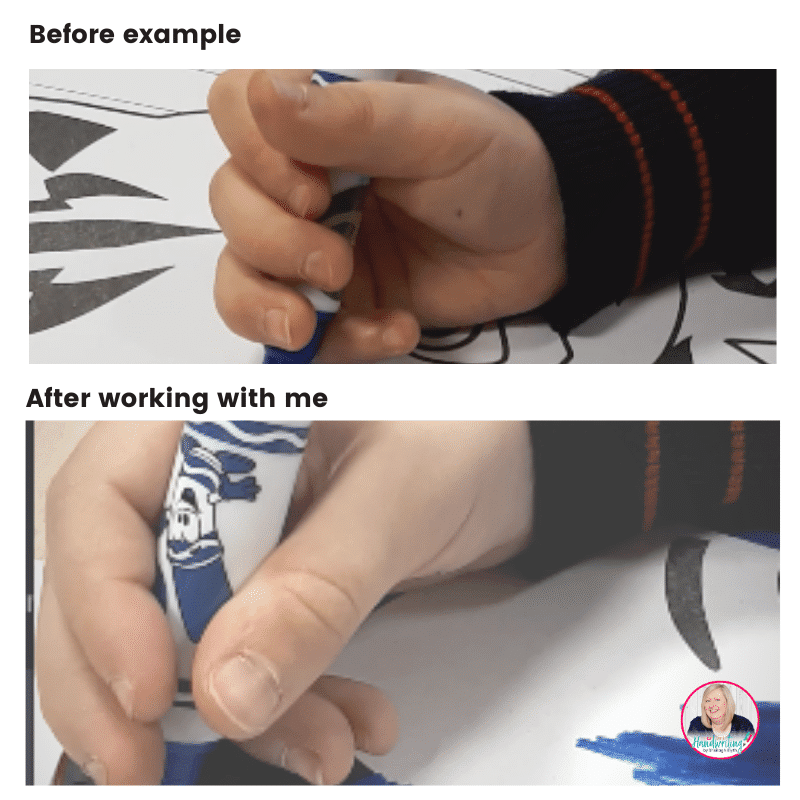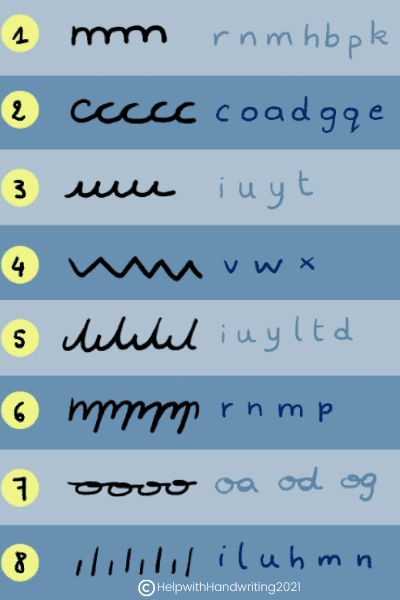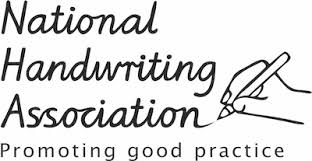Kids handwriting practice 4 to 5 years.

Are you wanting to help your child learn to write but feeling a bit lost yourself?
Have you heard about flicks and ticks but not sure how they are being used?
Is cursive writing something that you’re cursing about?
In this article I will show you how are you can help your child learn to write in five easy (peasy) ways. I promise, it won’t over challenge you or your child.
Joining school is a magical time. There’s a lot that goes on. And change can happen quickly. There are many expectations placed upon children at this age. Letters are expected to be clearly formed. They should be able to write their own name. Learn phonics. Recognise words.
In the reception and kindergarten years this is where your child will get the most time to work on their handwriting. That is because at this stage they need it. Children enter this year group with differing abilities. However, by the end most are expected to be at similar levels in terms of their handwriting.

Let me tell you about Thomas

Thomas has an August birthday and a massive Liverpool football fan, just like his Dad. He was one of the youngest in his class. He was a keen and eager student always wanting to do well. Yet his handwriting was a concern to both his parents and his class teacher.
Every time he wrote he was using an unusual pencil grip. He said his hand hurt after writing. And his letters were not clearly formed. Thomas was intellectually ready to write. But his hand had not fully developed. He did not have the pencil control needed to write.
With help, Thomas learnt how to hold a pencil and how to form his letters. He is now able to write without his hand hurting. Thomas left his reception class being able to write for longer. And his words are easier to read.
Here is how to help kids handwriting practice 4 to 5 years:
Keep drawing people
This is an important skill. It teaches kids about pencil control and eye-hand coordination. Encourage details to be drawn. For instance, eyelashes on eyes and buttons on clothes.
Handwriting patterns
These are drawings kids copy because the pattern is very similar to a letter shape. For example, the mmmmm pattern helps write the letter ‘m’ and ‘n’.
If your child can draw most of these patterns then writing letters will become a doddle.
Draw a letter using a thick highlighter pens
Ask your child to keep their pencil inside the highlighter marks. This will help them gain greater pencil control skills.
Copy shape
Copying shapes is just as important as writing letters. It helps the child to notice differences in letter forms. By 5 ½ years they should be able to copy a square and a triangle with accuracy.
Big and small
Start by teaching your child how to draw large letters. When they can draw a large letter with accuracy, they should move onto making the letter smaller. This will help them avoid letter formation mistakes in the future.
Mistakes (what NOT to do when doing handwriting practice with your child).
Leaving it to the school
Handwriting needs to be practised at home and school. Children need to see its meaning in the wider world. Not just experiencing it at school.
Being pushy
Some kids take longer than others to learn how to write. Don’t pressurise your child to pick up a pencil. Making marks in the sand or mud using a twig is just as helpful.
Being blank
Giving a blank piece of paper and asking a child to write their name anywhere on the page is not helpful. There are no guidelines. Teach them to use a ruler so that they can learn to write on a straight line.
To summarise kids handwriting practice 4 to 5 years is all about:
This is an exciting time when your child is willing to learn EVERYTHING. Handwriting is a developmental process. It will naturally happen at a time that is right for your child. You can help them achieve these milestones in a number of ways.


 These are drawings kids copy because the pattern is very similar to a letter shape. For example, the mmmmm pattern helps write the letter ‘m’ and ‘n’.
These are drawings kids copy because the pattern is very similar to a letter shape. For example, the mmmmm pattern helps write the letter ‘m’ and ‘n’. 


